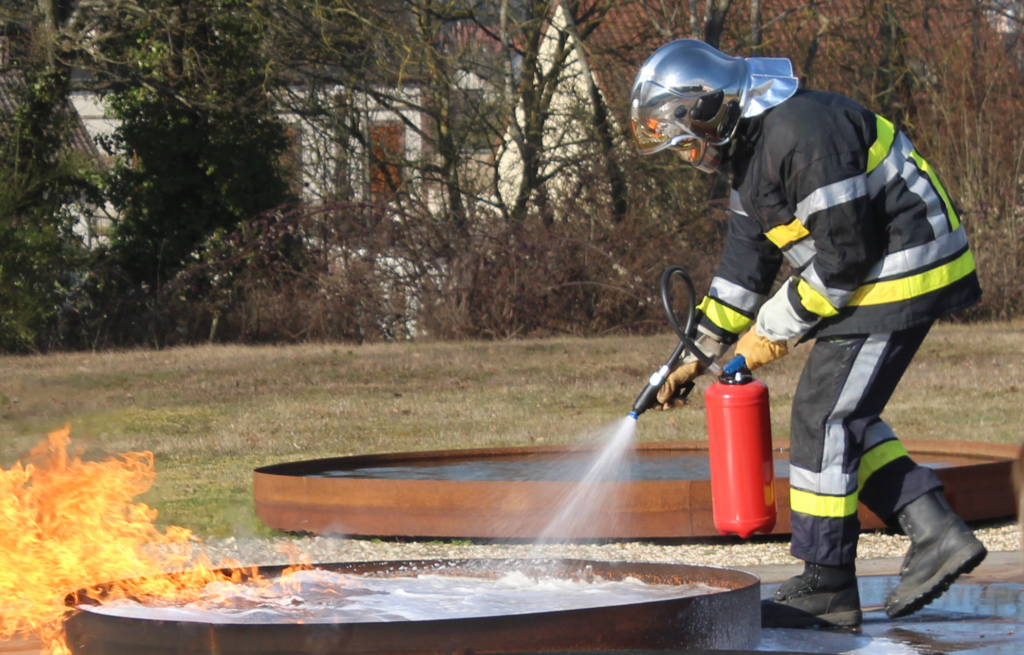When should you use a water extinguisher?
When to use a water extinguisher?
Water extinguishers are among the most common and easiest to use. They are specifically designed to fight certain types of fire. Understanding when and how to use a water extinguisher is essential to ensuring a safe and effective response to a fire.
Types of fires suitable for water extinguishers
Pure water extinguishers are primarily designed to extinguish Class A fires involving solid combustible materials. Here are the types of materials and situations where they are most effective:
- Wood: furniture, frameworks, beams.
- Paper: Documents, cartons, books.
- Fabric: clothing, curtains, upholstered furniture.
Water spray extinguishers with additives (EPA) are also designed for use on Class B (flammable liquids such as petrol or industrial oils).
Ideal situations for using a water extinguisher
1. Home environments
Water extinguishers are particularly suitable for homes, where solid combustible materials such as wood, paper and textiles are commonplace.
- Kitchen fires (solids): Fires involving tea towels or wooden utensils ( use a water extinguisher with additive suitable for hearth F for grease or cooking oil fires).
- Living-room fires: Wooden furniture or fabric curtains.
- Bedroom fires: Bedding or clothing fires.
2. Office and retail space
Water extinguishers can be used in offices and commercial spaces where solid combustible materials are present.
- Paper documents: Paper and document fires.
- Office Furniture: Furniture fires in wood and other solid materials.
3. Schools and public buildings
In schools and other public buildings, where solid combustible materials are common, water extinguishers can be an effective solution.
- Libraries: Fires of books and wooden shelving.
- Classrooms: Lighting for tables, chairs and teaching equipment.
Advantages and disadvantages of water extinguishers
Benefits
- Effectiveness: Highly effective in extinguishing Class A, B and even F fires.
- Ecological: Water is a natural, non-toxic substance. New-generation additives are more environmentally friendly.
- Ease of use: Simple to use with a direct discharge method.
Disadvantages
- Unsuitable for certain fires: Not to be used on Class C fires (flammable gases), or on live electrical equipment.
- Damage: Can cause water damage to property and equipment.
- Conductivity: Water is conductive, and therefore dangerous for electrical fires.

Read our other articles here! :


